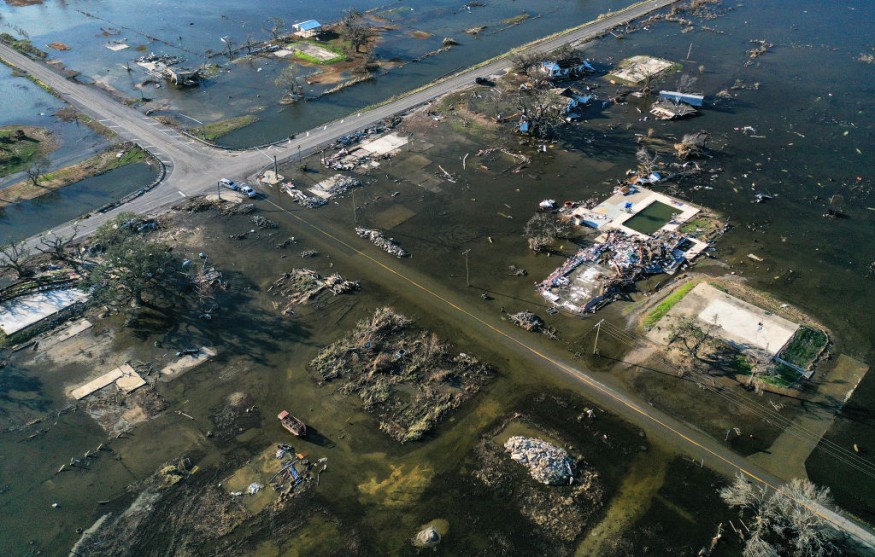Scientists warn of a worse financial burden in the next three decades as climate change continues to cost the country substantial damage from US floods.
New research suggests an increase in US flood costs by 2050 due to climate change alone, disproportionately affecting Black communities, while remaining concentrated on the Atlantic and Gulf coasts. Moreover, projected population change could increase flood risk and outweigh the impact of climate change fourfold.
ScienceAlert reports that the "staggering" flood damage will ramp up the country's annual cost up to more than 25 percent by 2050. This includes losses of homes and businesses.
"Climate change combined with shifting populations present a double whammy of flood risk danger and the financial implications are staggering," said lead author Oliver Wing, of the University of Bath's Cabot Institute for the Environment.
With "history as a good predictor of the future", the researchers incorporate new flood models in their research published in the journal Nature Climate Change to map out the present and future impact of sea level rise, tropical cyclones and changing weather patterns.
"Call to action" for both reduction in emissions and effort to adapt

Wing said that adapting to accelerating climate risks "reduces the devastating financial impact flooding wreaks on people's lives." In the University of Bristol page, the team reveals the impacts of climate change to the future which will send costs further spiraling.
"The mapping clearly indicates Black communities will be disproportionately affected in a warming world, in addition to the poorer White communities which predominantly bear the historical risk," Wing explains. "Both of these findings are of significant concern."
"Our sophisticated techniques using state-of-the-science flood models give a much more accurate picture of future flooding and how populations will be affected."
Significant increase in flood risk eclipsing the impact of climate change
To be precise, the average annual flood losses were forecast to increase by 26.4 percent, from $32 billion currently, to $40.6 billion in less than 30 years, based on 2021-dollar values - which is less than the actual numbers considering inflation. Researchers said these figures are "essentially locked in climatically," which means that even a dramatic fall in emissions wouldn't make a difference.
In areas where population are also increasing, the average annual exposure to floods is expected to grow to more than 7 million by 2050, a 97-percent increase from current levels. In addition, this climate-enhanced exposure will be particularly concentrated along the US East Coast, with existing Texas and Florida residents seeing a roughly 50-percent increase in flood exposure.
The researchers added that intensified development on existing floodplains will be "relatively severe in the currently sparsely populated central Prairie States and the Deep South."
"Current flood risk in western society is already unacceptably high, yet climate and population change threaten to inflate these losses significantly," said co-author Paul Bates, a professor of hydrology at the Cabot Institute for the Environment.
"The relatively short timescales over which this increase will take place mean we cannot rely on decarbonization to reduce the risk so we have to adapt better, both to the situation now and for the future."
© 2025 NatureWorldNews.com All rights reserved. Do not reproduce without permission.





